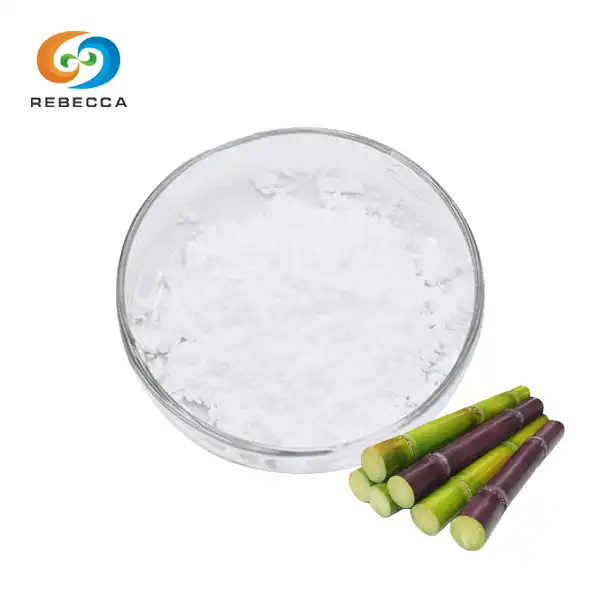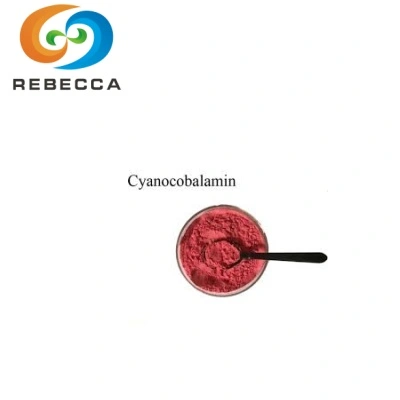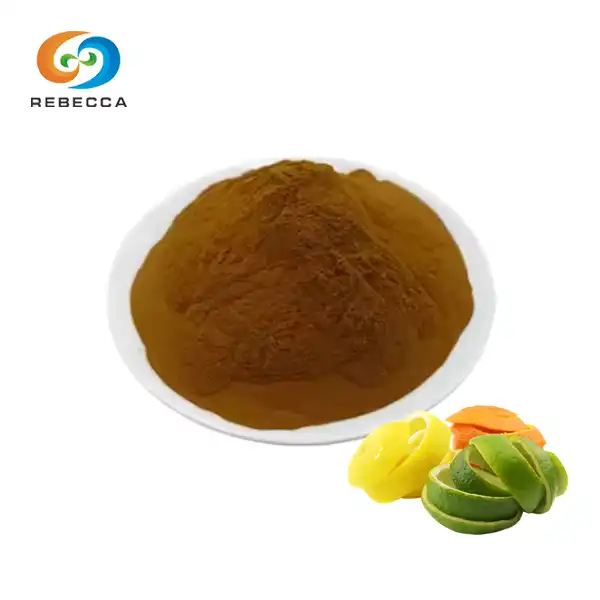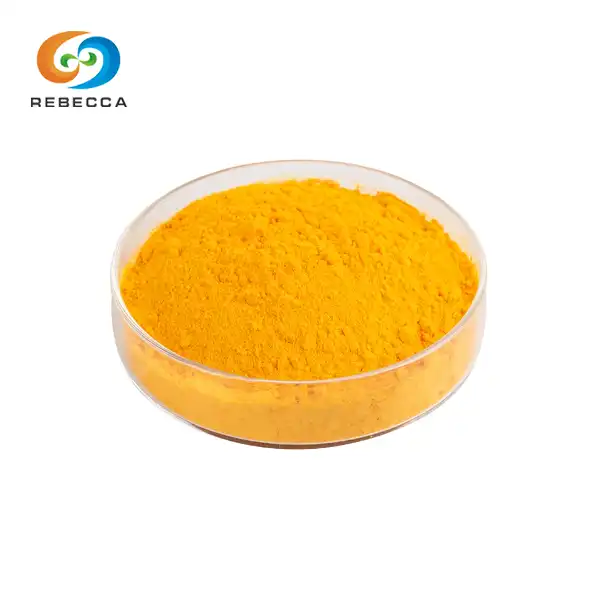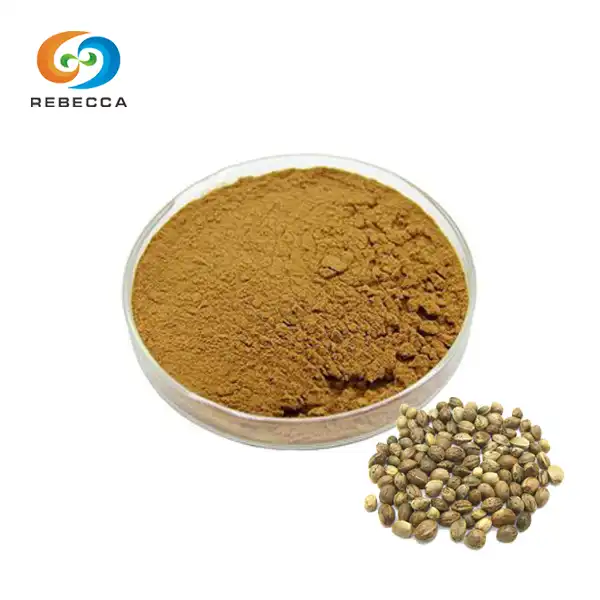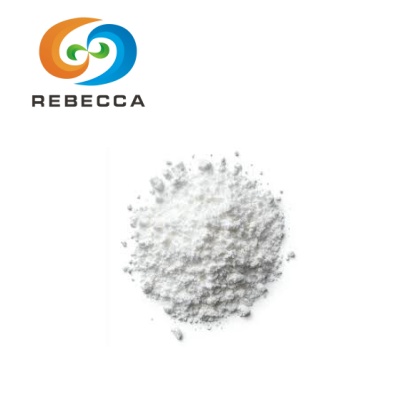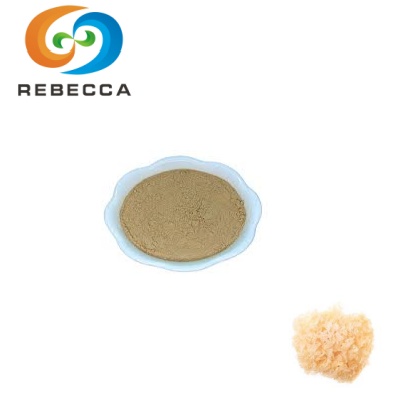Nonivamide VS Capsaicin
Chemical Structure
When it comes to understanding the similarities and differences betweennonivamide-powder"> nonivamide and capsaicin, it's essential to start with their chemical structures. These compounds, while similar in many ways, have distinct characteristics that influence their properties and applications.
Capsaicin is the essential active component found in chili peppers, dependable for the red hot sensation we encounter when expending hot foods. Its chemical structure comprises a phenolic ring associated with an alkyl chain. This one-of-a-kind course of action classifies capsaicin as a vanilloid compound, a gathering of molecules known for their capacity to associate with particular receptors in our bodies.

On the other hand, nonivamide is also referred to as pelargonic acid vanillylamide or synthetic capsaicin. Scientists developed nonivamide to mimic the effects of capsaicin while potentially offering some advantages in terms of potency and toxicity. The chemical structure of synthetic capsaicin closely takes after that of capsaicin, but with slight alterations that grant it its distinctive properties.
Both compounds share a comparable backbone, but the key contrast lies in the length and composition of their alkyl chains. This unobtrusive variety in structure contributes to the contrasts in their organic impacts and applications, which we'll investigate in more detail in the taking-after segments.
Biological Effects
Biological effects are closely related to their interaction with a specific receptor in our bodies known as the TRPV1 receptor (Transient Receptor Potential Vanilloid 1). This receptor plays a significant part in our discernment of heat and pain, making it a key target for both compounds.
When applied topically, capsaicin initially causes a burning sensation by activating the TRPV1 receptors. On the other hand, chronic use desensitizes these receptors, which lowers pain signals. Capsaicin's ability to treat arthritis, neuropathic pain, and minor injuries is particularly enhanced by this mechanism.
Nonivamide exhibits similar analgesic effects to capsaicin, also interacting with the TRPV1 receptor. However, some studies suggest that nonivamide may offer certain advantages over capsaicin in specific applications. For occasion, synthetic capsaicin has been detailed to cause less beginning bothering compared to capsaicin, possibly making it more appropriate for utilize on delicate skin or in conditions requiring longer-term application.

Applications
Their applications span across various fields, from medicine to the food industry, showcasing the versatility of these compounds. Their unique properties have led to their incorporation in numerous products, each tailored to leverage specific characteristics of these substances.
Capsaicin, being a characteristic compound found in chili peppers, has a wide extend of applications. In the therapeutic field, it's commonly utilized in topical creams and treatments for torment relief. These things are commonly employed in situations such as joint torment, fibromyalgia, and post-herpetic neuralgia. The food industry also extensively uses capsaicin, not just for its heat-inducing properties in spicy foods, but also in dietary supplements promoted for their potential metabolic benefits.
Beyond these common applications, capsaicin has found its way into more unexpected products. It's used in some personal defense sprays due to its irritant properties. In agriculture, it's utilized as a natural pest repellent. Some studies are even exploring its potential in cancer treatment, although this research is still in its early stages.

Nonivamide, while less common in everyday products, has carved out its own niche in various applications. Its primary use is in cosmetic and pharmaceutical products, particularly in topical analgesic formulations. Due to its potentially milder irritant effects compared to capsaicin, nonivamide powder is sometimes preferred in products designed for sensitive skin or for conditions requiring prolonged application.
In the realm of personal defense, synthetic capsaicin is increasingly being used as an alternative to other irritant substances in some countries. Its synthetic nature allows for more controlled production and potentially more consistent effects compared to naturally derived capsaicin.
While nonivamide is less common in food products compared to capsaicin, some researchers are exploring its potential use as a food additive, particularly in situations where the consistent potency of a synthetic compound might be advantageous.
Side Effects
While both capsaicin and nonivamide offer numerous benefits, it's crucial to understand their potential side effects. The nature and concentrated of these side impacts can change between the two compounds, which is a critical thought in their particular applications.
Capsaicin, being the more potent of the two, is known for causing more pronounced side effects, particularly when it comes to skin contact. A burning sensation is the most typical adverse effect, which is actually a function of its mechanism of action. Redness and skin irritation frequently accompany this burning sensation. Although these effects are typically brief, they can be unpleasant and may discourage some people from using products containing capsaicin.
When it comes into contact with touchy ranges like the eyes or mucous films, capsaicin can some of the time trigger more extreme reactions. When cooking with exceptionally hot peppers, breathing in capsaicin can cause hacking, trouble breathing, and aggravation of the throat.
In contrast to capsaicin, nonivamide typically has fewer and milder side effects. This is one of the main reasons why it's often preferred in formulations where skin sensitivity is a concern. While it can still cause some burning and irritation, these effects are generally less intense and more tolerable for most users.
However, it's important to note that individual reactions can vary. Some people may be more sensitive to nonivamide than others, and allergic reactions, while rare, are possible with both compounds. As with any topical product, it's always recommended to do a patch test before widespread application.
Nonivamide Supplier
When it comes to sourcing it for various applications, it's crucial to identify reliable and high-quality suppliers. One such supplier that has made a name for itself in the industry is Rebecca Bio-Tech, based in China.
Rebecca Bio-Tech has established itself as the largest manufacturer of synthetic capsaicin in China, with an impressive production capacity of 24 tons per year. This substantial output not only speaks to the company's manufacturing capabilities but also positions it as a key player in meeting the global demand.
What sets Rebecca Bio-Tech apart is its commitment to quality. They pride themselves on offering the best quality products in the market. This focus on quality is crucial, especially considering the compound's applications in cosmetic and pharmaceutical products where purity and consistency are paramount.
In addition to their quality standards, Rebecca Bio-Tech is known for offering competitive pricing. if you are looking for a nonivamide powder supplier, don't hesitate to get in touch with us at information@sxrebecca.com.

References
1. Sharma, S. K., Vij, A. S., & Sharma, M. (2013). Mechanisms and clinical uses of capsaicin. European Journal of Pharmacology, 720(1-3), 55-62.
2. Surh, Y. J., & Lee, S. S. (1996). Capsaicin in hot chili pepper: carcinogen, co-carcinogen or anticarcinogen? Food and Chemical Toxicology, 34(3), 313-316.
3. Szolcsányi, J. (2004). Forty years in capsaicin research for sensory pharmacology and physiology. Neuropeptides, 38(6), 377-384.
4. Knotkova, H., Pappagallo, M., & Szallasi, A. (2008). Capsaicin (TRPV1 Agonist) therapy for pain relief: farewell or revival? The Clinical Journal of Pain, 24(2), 142-154.
